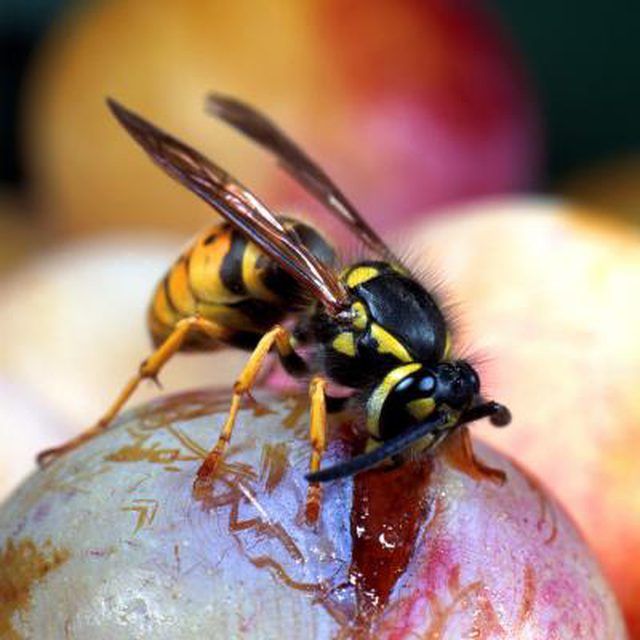Bulbs
Flower Basics
Flower Beds & Specialty Gardens
Flower Garden
Garden Furniture
Garden Gnomes
Garden Seeds
Garden Sheds
Garden Statues
Garden Tools & Supplies
Gardening Basics
Green & Organic
Groundcovers & Vines
Growing Annuals
Growing Basil
Growing Beans
Growing Berries
Growing Blueberries
Growing Cactus
Growing Corn
Growing Cotton
Growing Edibles
Growing Flowers
Growing Garlic
Growing Grapes
Growing Grass
Growing Herbs
Growing Jasmine
Growing Mint
Growing Mushrooms
Orchids
Growing Peanuts
Growing Perennials
Growing Plants
Growing Rosemary
Growing Roses
Growing Strawberries
Growing Sunflowers
Growing Thyme
Growing Tomatoes
Growing Tulips
Growing Vegetables
Herb Basics
Herb Garden
Indoor Growing
Landscaping Basics
Landscaping Patios
Landscaping Plants
Landscaping Shrubs
Landscaping Trees
Landscaping Walks & Pathways
Lawn Basics
Lawn Maintenance
Lawn Mowers
Lawn Ornaments
Lawn Planting
Lawn Tools
Outdoor Growing
Overall Landscape Planning
Pests, Weeds & Problems
Plant Basics
Rock Garden
Rose Garden
Shrubs
Soil
Specialty Gardens
Trees
Vegetable Garden
Yard Maintenance
How to Prevent Yellow Jacket Insects Around the Patio
How to Prevent Yellow Jacket Insects Around the Patio. During spring, yellow jackets build nests in a variety of holes and gaps in the ground, rocks, buildings and even trees. Throughout summer and fall, these stinging insects, also known as "meat bees" scavenge for food at barbecues, in trash cans and other places to feed themselves and...

During spring, yellow jackets build nests in a variety of holes and gaps in the ground, rocks, buildings and even trees. Throughout summer and fall, these stinging insects, also known as "meat bees" scavenge for food at barbecues, in trash cans and other places to feed themselves and other members of their hive. Like paper wasps, yellow jackets are a social wasp, but unlike paper wasps, yellow jackets are more apt to sting. Unlike honey bees, yellow jackets can sting more than once. A few simple practices will eradicate yellow jacket attractants, preventing the insects from swarming on or around your patio.
Things You'll Need
Plastic wrap
Trash bags
Yellow jacket traps
Cover food trays with plastic wrap when eating outdoors on your patio. Keep the grill cover closed while the food is cooking. Never leave food sitting on an uncovered grill. Take all food trays, plates and cups indoors after eating.
Pour any unfinished drinks down an indoor drain. Do not leave any cups or glasses containing liquid unattended on the patio. Avoid pouring drinks on the ground next to the patio as the resulting puddles and residue will attract the yellow jackets. Wash the residue from spilled drinks off the patio's surface with water.
Discard any food scraps in trash bags, keeping the patio free from food debris. Pick ripe fruit and vegetables growing in your yard as soon as possible, cleaning up any produce sitting on the ground as well as on the trees and plants.
Tie trash bags tightly closed. Store the bag in a trash can. Keep the trash can's lid closed completely to avoid attracting the yellow jackets to the area. Position the trash can as far away from the patio as possible. Wash any spills or drips from the can's surface as they occur.
Check water spigots located nearby the patio for leaks. Fix any leaking spigots to eradicate resulting puddles of fresh water. Turn off the spigots completely after use.
Put away any garden hoses or sprinklers immediately after use. Never leave leaking sprinklers or hoses nearby the patio to eliminate sources of fresh water for the yellow jackets.
Place yellow jacket traps, sold at home and garden stores, around your yard to attract and capture these pests. Position the traps 40 to 50 feet away from the patio and any other high traffic areas to allure yellow jackets away from these functional areas.
Tips & Warnings
Set out lure or water traps during the summer and fall to minimize yellow jacket populations. Use these traps during the late winter and spring months to capture queen yellow jackets before they build and populate a nest.
Lure traps contain chemicals that attract specific varieties of wasps and bees. Only purchase traps designed to attract yellow jackets species to avoid trapping beneficial bees.
Homemade water traps cost less than commercially made lure traps. These traps consist of a bucket of soapy water covered with a screen. A piece of protein hanging from screen, 2 to 3 inches above the water, serves as bait. Note that these traps will attract beneficial bees such as honey bees along with the yellow jackets. Avoid using water traps near vegetable gardens, flower beds and fruit trees to avoid trapping the beneficial insects.
Add meat to lure traps to attract multiple species of yellow jackets. Change the meat every two to three days, before it begins to rot, to ensure that the traps remain enticing to the insects.
When tested, esfenvalerate baits prove unsuccessful in controlling yellow jackets, according to the University of California Integrated Pest Management Online.
Call a pest control company if yellow jackets have built a nest on your house or other place your family gathers because yellow jackets sting when their territory is threatened.
Read and follow all package directions and warnings on yellow jacket traps.
Do not use yellow jacket baits if you have children or pets.